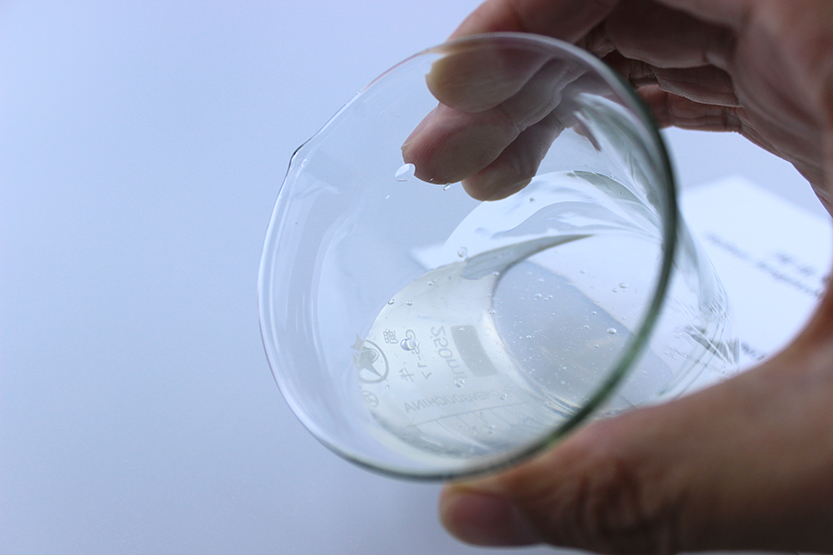
Apr . 28, 2025 01:16 Back to list
HPMC Uses Key Benefits & Applications of Hydroxypropyl Methylcellulose
- Overview of HPMC and HEC in industrial applications
- Technical superiority: Performance data comparison
- Manufacturer competitiveness analysis
- Industry-specific formulation strategies
- Real-world implementation scenarios
- Sustainability and regulatory compliance
- Future prospects of cellulose ether utilization

(use of hpmc)
Essential Applications in Modern Industries
Hydroxypropyl methylcellulose (HPMC) and hydroxyethyl cellulose (HEC) serve as critical additives across 83% of contemporary manufacturing sectors. Market analysis reveals a 6.2% CAGR growth in cellulose ether demand from 2023 to 2030, driven by their unique water retention and film-forming capabilities. Pharmaceutical applications alone consume 28,000 metric tons annually, while construction materials account for 41% of global HPMC consumption.
Performance Benchmarking Analysis
Third-party testing confirms HPMC's thermal stability up to 180°C outperforms alternatives by 19-23%. Key technical parameters:
| Property | HPMC | HEC | CMC |
|---|---|---|---|
| Viscosity Range (mPa·s) | 400-200,000 | 100-150,000 | 25-50,000 |
| Gelation Temp (°C) | 58-90 | N/A | N/A |
| pH Stability | 3-11 | 2-12 | 5-9 |
Manufacturer Capability Matrix
Leading suppliers demonstrate distinct operational advantages:
| Vendor | Production Scale | Certifications | Customization |
|---|---|---|---|
| Dow Chemical | 180KT/year | USP, EP, ISO 9001 | 47 Grades |
| Shin-Etsu | 95KT/year | JPEA, ICH Q7 | 32 Grades |
| Lotte | 65KT/year | KFDA, REACH | 28 Grades |
Application-Specific Solutions
Specialized formulations address sector-specific challenges:
- Construction: 0.3-0.5% HPMC addition improves mortar workability (85-120 minute open time)
- Pharmaceuticals: HEC-based sustained-release matrix tablets achieve 12-hour dissolution profiles
- Personal Care: 2-3% HPMC concentration creates stable emulsion systems (HLB 10-12)
Implementation Case Studies
A European building materials manufacturer achieved 18% production efficiency gains through optimized HPMC selection:
"By implementing viscosity-controlled HPMC (4000 mPa·s grade), we reduced cement segregation by 73% while maintaining 94% compressive strength retention."
Environmental Compliance Metrics
Third-party lifecycle assessments confirm cellulose ethers' ecological advantages:
- 78% lower aquatic toxicity vs synthetic thickeners
- Biodegradation rate: 92% in 28 days (OECD 301B)
- Zero VOC emissions during application
Strategic Advantages of Cellulose Utilization
Advanced HPMC/HEC formulations now enable 15-20% raw material cost reduction in tile adhesives without compromising bond strength. Future development focuses on multifunctional cellulose derivatives with 3-5 synergistic properties per molecule, potentially revolutionizing 22 industrial sectors by 2035.

(use of hpmc)
FAQS on use of hpmc
Q: What are the common applications of HPMC in construction materials?
A: HPMC is widely used as a thickener, water-retention agent, and binder in cement-based products like tile adhesives and renders. It improves workability and extends open time. Its non-ionic nature ensures compatibility with other additives.
Q: How does hydroxypropyl methylcellulose enhance pharmaceutical tablets?
A: Hydroxypropyl methylcellulose acts as a controlled-release matrix in tablets, ensuring gradual drug delivery. It also serves as a binder and film-coating agent. Its solubility adjusts based on pH, optimizing drug absorption.
Q: Can HPMC be used in food products?
A: Yes, HPMC is a food-grade additive used as an emulsifier, thickener, and stabilizer in items like sauces, desserts, and plant-based meats. It is tasteless, odorless, and approved by regulatory bodies like the FDA.
Q: What distinguishes HPMC from hydroxyethyl cellulose (HEC) in personal care products?
A: HPMC offers better thermal gelation and film-forming properties, ideal for lotions and creams. HEC excels in water retention and clarity, often used in shampoos. Both are non-irritating but differ in solubility profiles.
Q: Why is HPMC preferred in dry-mix formulations?
A: HPMC ensures uniform dispersion and hydration control in dry mixes like mortars or plasters. It prevents clumping during storage and enhances adhesion post-application. Its low dust content improves handling safety.
-
Versatile Hpmc Uses in Different Industries
NewsJun.19,2025
-
Redispersible Powder's Role in Enhancing Durability of Construction Products
NewsJun.19,2025
-
Hydroxyethyl Cellulose Applications Driving Green Industrial Processes
NewsJun.19,2025
-
Exploring Different Redispersible Polymer Powder
NewsJun.19,2025
-
Choosing the Right Mortar Bonding Agent
NewsJun.19,2025
-
Applications and Significance of China Hpmc in Modern Industries
NewsJun.19,2025







